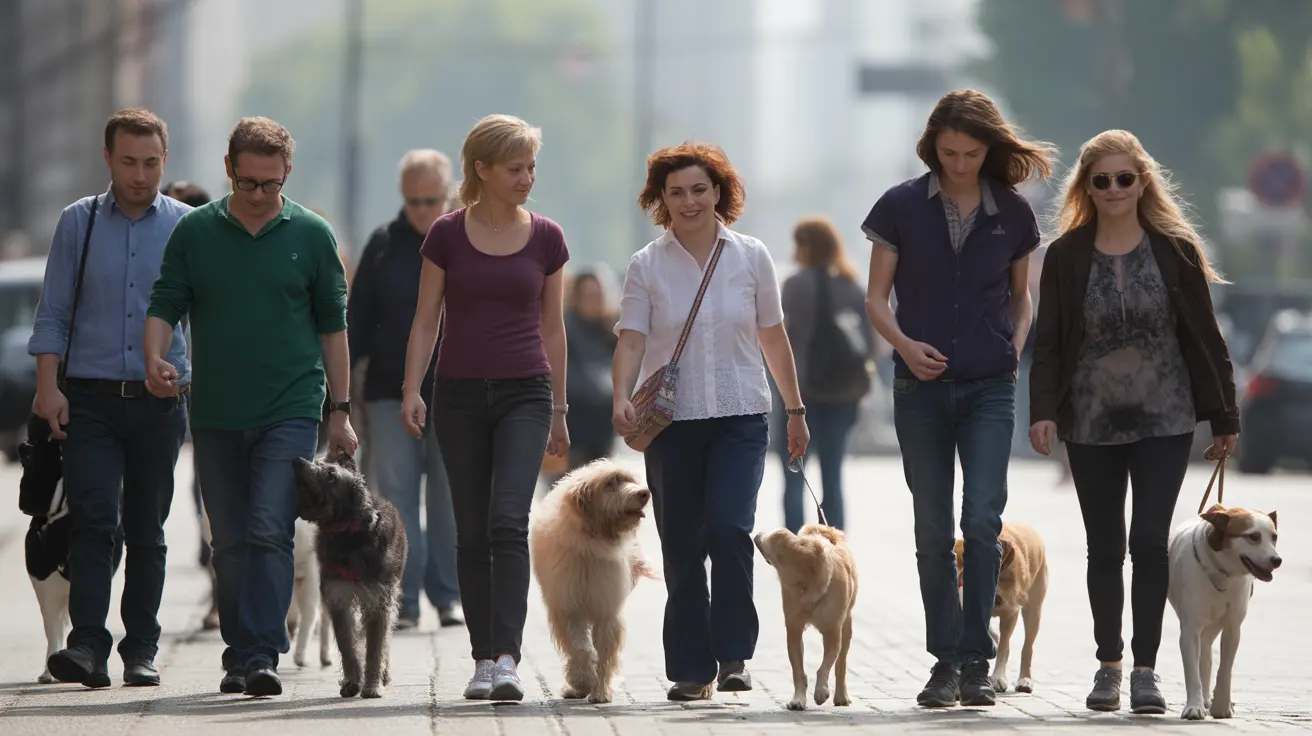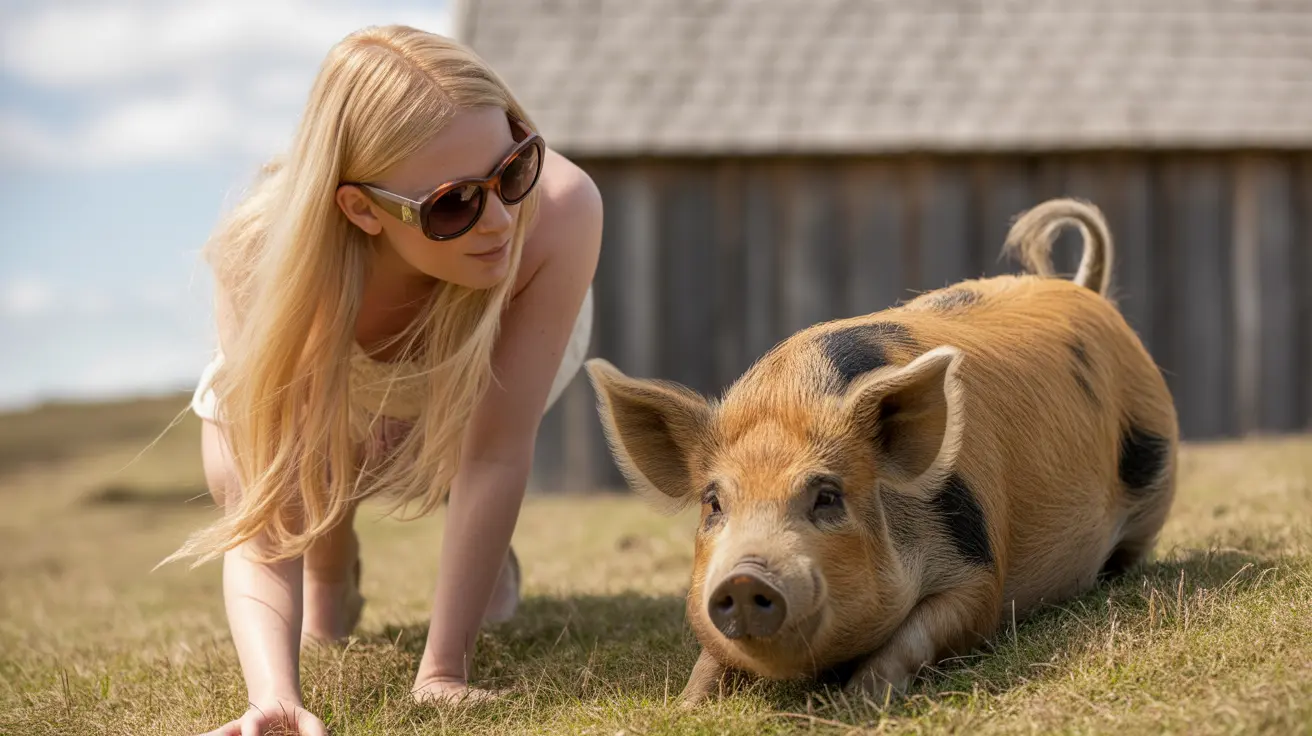Understanding Puppy Crate Training and Proper Timing
Crate training is a critical component of raising a well-behaved and secure puppy. Though the "7-7-7 rule" isn't directly defined in this context, many pet owners associate it with managing crate time for puppies to ensure a healthy balance between training, comfort, and socialization. Crate training, when executed correctly, transforms a crate into a haven—a place of calm, safety, and rest.
Why Crate Training Matters
Crate training is more than a means of confinement; it serves multiple behavioral and practical purposes. Here are the benefits:
- House training: Helps puppies understand where and when to eliminate.
- Preventing destructive behavior: Limits access to inappropriate chewing areas.
- Travel safety: Provides a safe method of transport.
- Emergency management: Offers control and safety during stressful events like vet visits or storms.
- Den-like comfort: Dogs naturally seek enclosed spaces when resting or stressed.
The Fundamentals of Crate Training
Training should always be approached as a slow, positive process. Rushing can cause fear and resistance.
1. Introducing the Crate
- Place the crate in a social area such as the living room.
- Keep the door open so the dog explores at its own pace.
- Encourage entry using toys, treats, and praise.
- Always use positive reinforcement, and never force your pet.
2. Feeding in the Crate
- Feed meals inside the crate to form a positive association.
- Start with the food near the door if the puppy is hesitant, and gradually move it to the back.
- Initially close the door only during feeding and open it before they're finished.
- Gradually increase the time the door stays closed post-meal.
3. Increasing Crate Duration
- Start with short durations while you're at home.
- Use a cue word like “crate” or “kennel up”.
- Work up to 30 minutes with the dog remaining quiet inside while you're out of view.
4. Crating When Alone and Overnight
- Practice short departures before lengthening periods of absence.
- Keep exits and returns low-key to minimize anxiety.
- Locate the crate close to your bedroom initially for easier monitoring.
5. Ongoing Use and Comfort
- Even when full-time use ends, leave the crate accessible so your dog can retreat voluntarily.
- Place soft bedding and safe toys inside.
- Never use the crate as punishment—it must remain a positive space.
Timing Recommendations for Puppy Crate Use
While not labeled the "7-7-7 rule," a useful formula for crate durations is:
- 1 hour per month of age plus 1 hour (e.g., a 2-month-old puppy = 3 hours).
- Maximum 3 to 4 hours for puppies under 6 months.
- Adult dogs: Not more than 4–5 daytime hours at a stretch.
These guidelines help prevent stress, accidents, and behavioral issues caused by over-crating.
Common Challenges and How to Overcome Them
- Whining or barking: Only respond if it's an indication of needing to eliminate. Otherwise, ignore it to avoid reinforcing the behavior.
- Accidents in the crate: May suggest too much time inside or an oversized crate allowing elimination in one corner.
- Chewing bedding: Provide chew-resilient crate pads or remove bedding temporarily.
- Separation anxiety: Crate training alone won’t fix this. Consult a vet or pet behaviorist for tailored strategies.
Expert Tips for Crate Training Success
- Choose the right-sized crate—large enough to stand and turn, not too spacious.
- Use dividers in a large crate for a growing puppy.
- Stick to a routine, including play, potty breaks, and praise.
- Monitor behavior for signs of stress.
- Seek professional help when needed—every pup is different.
Crate training is a patient journey, but the reward is a happy, safe dog that feels secure in its own space. Follow these guidelines, be consistent, and ensure every crate interaction is a positive experience.





